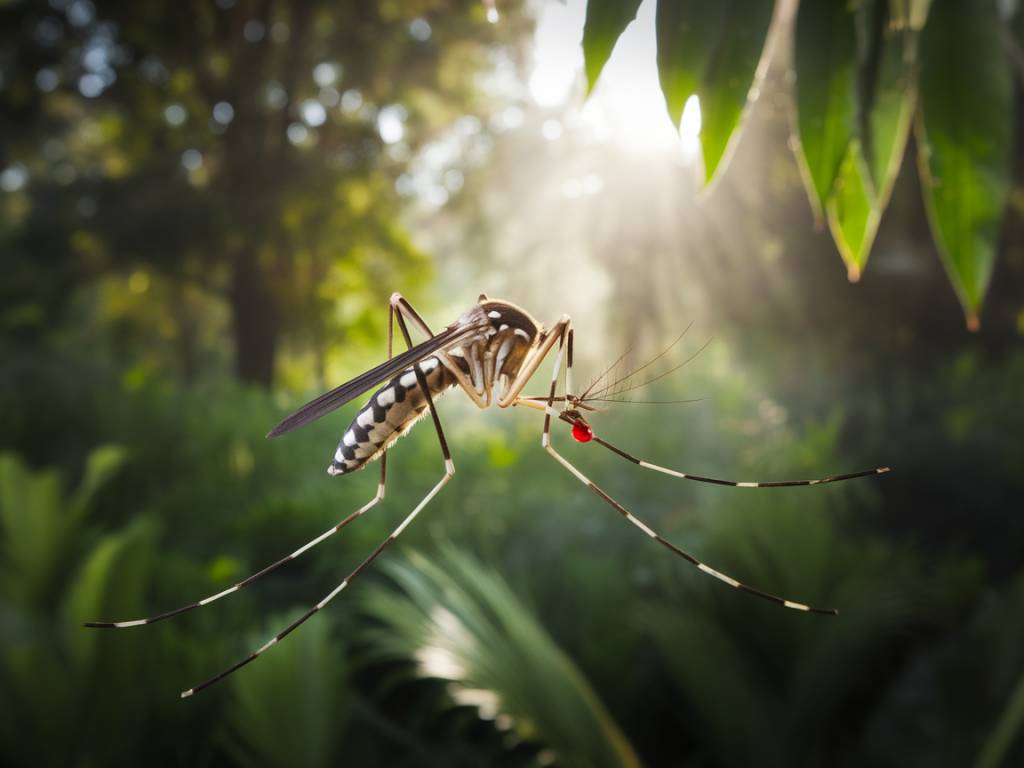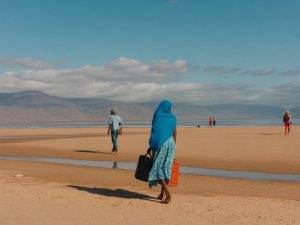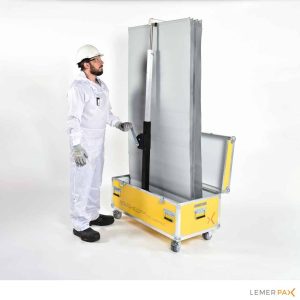The connection between climate change and infectious diseases

The connection between climate change and infectious diseases
Have you ever wondered how the warming climate could be affecting our health in unexpected ways? Let’s embark on a journey to explore the surprising connection between climate change and infectious diseases — a reality more fascinating and critical than you might imagine.
The Invisible Links Between Climate and Disease
As temperatures rise and weather patterns shift, our environment undergoes transformations that aren’t just limited to idyllic beach days stretching into November. The very changes nurturing that extended summer are also nurturing ecosystems where infectious diseases can thrive. But how does this invisible web tighten its grip on our health?
Insects like mosquitoes and ticks don’t just find the changing weather pleasant; they find it irresistible. As climate change extends warm seasons, these carriers of diseases such as malaria, dengue fever, and Lyme disease enjoy prolonged periods of activity and expanded habitats. The welcome extended by a lengthened summer is anything but hospitable.
The Role of Water in Disease Spread
Water is life, they say, but when you ponder its relationship with climate change, it seems water is also opportunistic. The increase in global temperatures is melting ice caps and changing precipitation patterns, leading to an increase in flooding and the occurrence of stagnant water bodies—prime breeding grounds for disease vectors.
Let’s pause and imagine for a moment: rains beyond what the land can absorb, leaving pools of water where there were none. These innocent-looking puddles may become breeding grounds for mosquitoes carrying illnesses like West Nile virus or Zika virus, reminding us that the ambiance of a post-rain tranquility can be deceptive.
Rising Temperatures Change Disease Dynamics
Blooms are not only for flowers. With higher water temperatures and increased nutrient loading from run-off, harmful algal blooms become more frequent. These blooms, in turn, produce toxins that can contaminate water supplies, making previously safe waters hazardous. An afternoon spent fishing could unexpectedly bring with it a risk of exposure to serious illnesses.
Consider the fish you might reel in—a stunning trophy from the lake, nonetheless a potential bearer of toxic algal contaminants. It’s not just the fish; aquatic organisms that were never a threat before are finding these new conditions much to their liking.
Human Beings: Vulnerability and Resilience
Our increasingly globalized world sees travel and trade happening at dizzying rates, inadvertently assisting the spread of infectious diseases. Yet, we humans, remarkably adaptive as we are, develop strategies and solutions. It’s this duel between vulnerability and resilience that defines our existence amid environmental flux.
While international travel can bring once-distant infections to new locales, awareness and advancement in public health strategies counterbalance these threats. From vaccine development to habitat betterment, the human resolve to adapt is matched only by our determination to innovate.
Practical Steps Towards Protecting Health
Admittedly, it’s one thing to recognize these challenges; it’s another to know how to respond. For those motivated to make a difference in their own circle, consider these actionable steps:
- Support local policies aimed at controlling vector populations, such as community clean-up efforts to eliminate standing water.
- Stay informed about vaccination programs available in your area, particularly those that target vector-borne diseases.
- Adopt sustainable practices at home that reduce carbon footprints, such as conserving water and energy.
- Participate in citizen science projects that track disease vectors, contributing valuable data to ongoing studies.
Experience and Understanding Meet at the Crossroad
As we navigate this shifting landscape, a deeper understanding of the relationship between climate change and infectious diseases enhances our ability to adapt and thrive. It’s not just a matter of combating illnesses but fostering a capable, informed public ready to tackle environmental challenges with sensitivity and aptitude.
Our collective journey doesn’t stop with awareness; it matures into action through informed decisions and community efforts. Are we prepared to embrace both the responsibility and the opportunity to safeguard our world’s health? The power to adapt, innovate, and educate is firmly within our grasp.
Even as we confront the adversity brought on by climate change, there’s solace in community, knowledge, and the human capacity for resilience. An adventure in health is an adventure together, and every step teaches, commands respect, and fuels purposeful progress.






